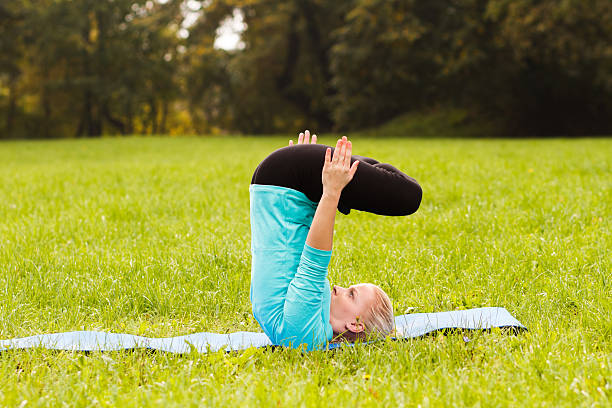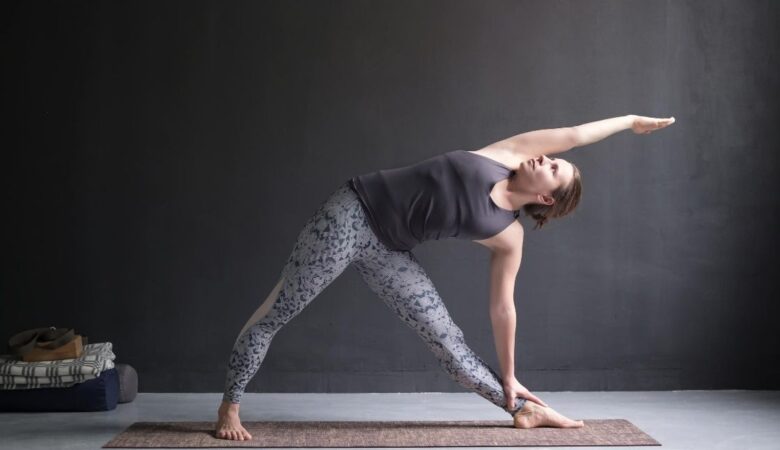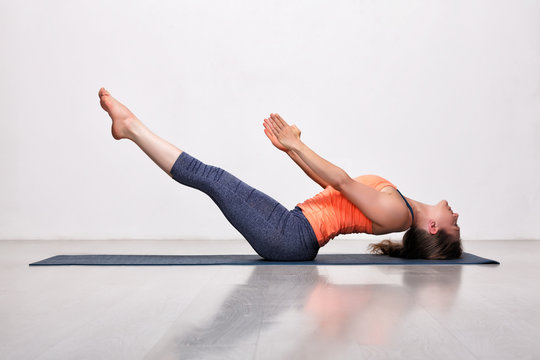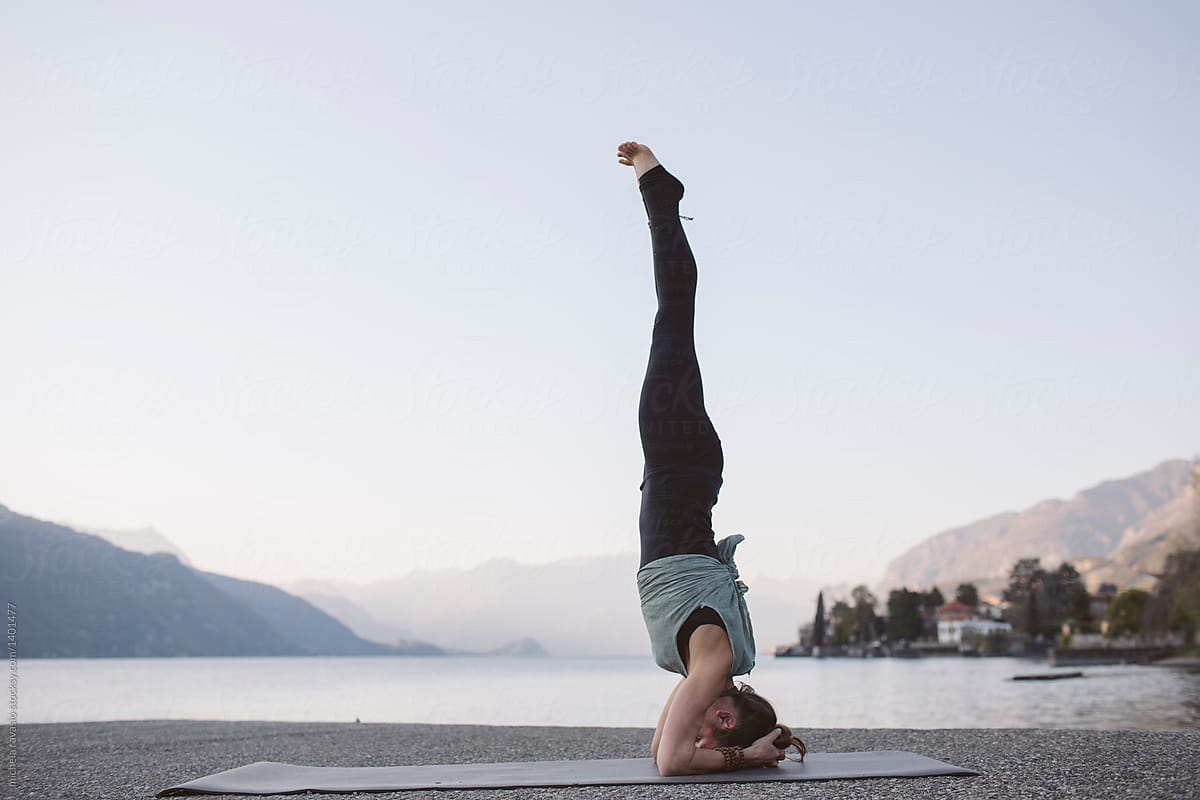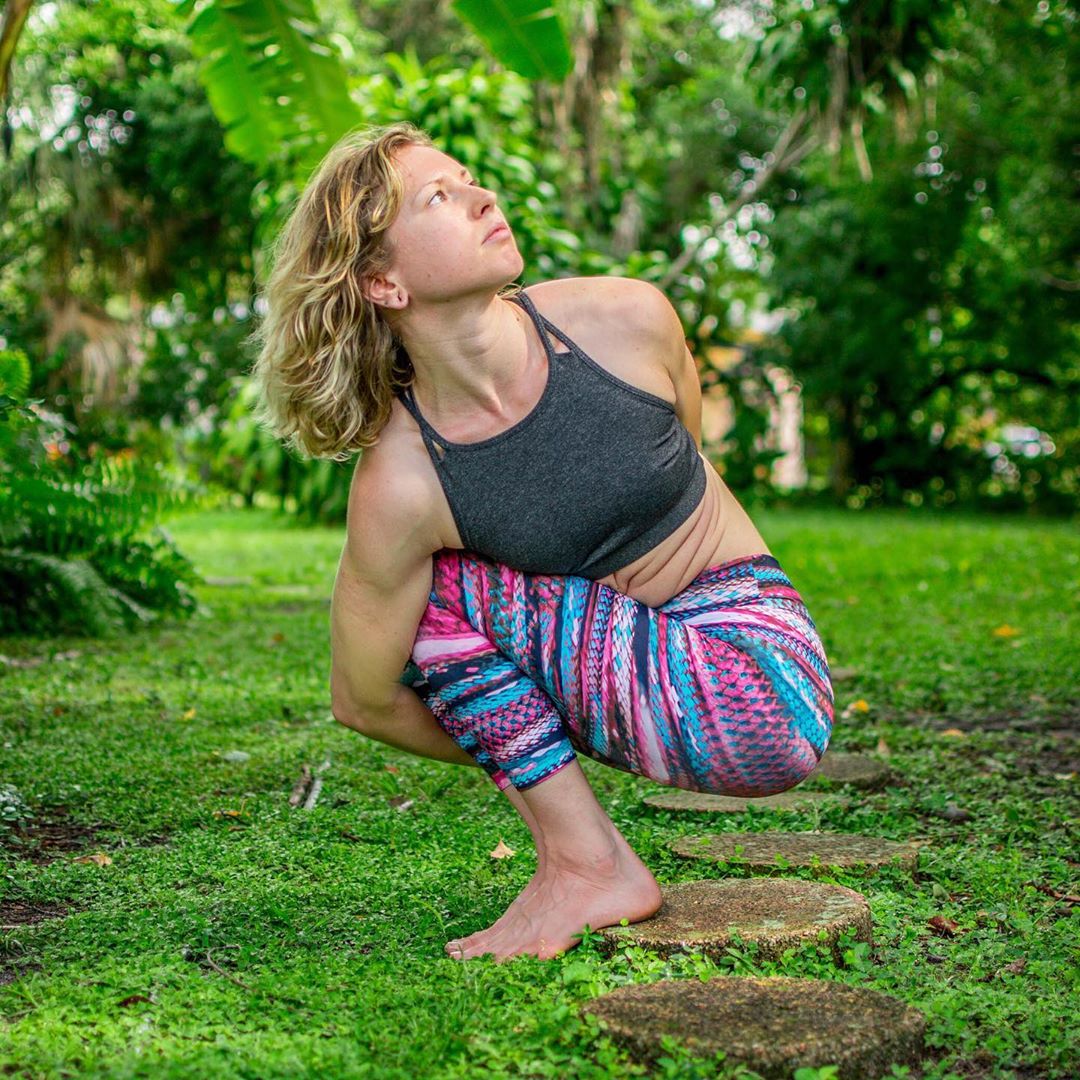
Sanskrit Name: Pasasana (पाशासन)
English Name: Noose Pose
Type of Yoga: Ashtanga Yoga
Level of Yoga: Advanced / Intermediate
Duration: As per your capability or 30 to 60 seconds on each side
Target Area: Ankles, Thighs, Groin, and Vertebral Column
Strengthens: Ankles
Pasasana helps to stretch the abdominal area as well as the front-leg and your hip abductors. This asana also helps to stretch your thighs and thus it strengthens the knees, ankles, gastrocnemius as well as the soleus muscles of your calves. Let’s now know in details about the methods of doing Pasasana (Noose Pose) as well as its benefits.
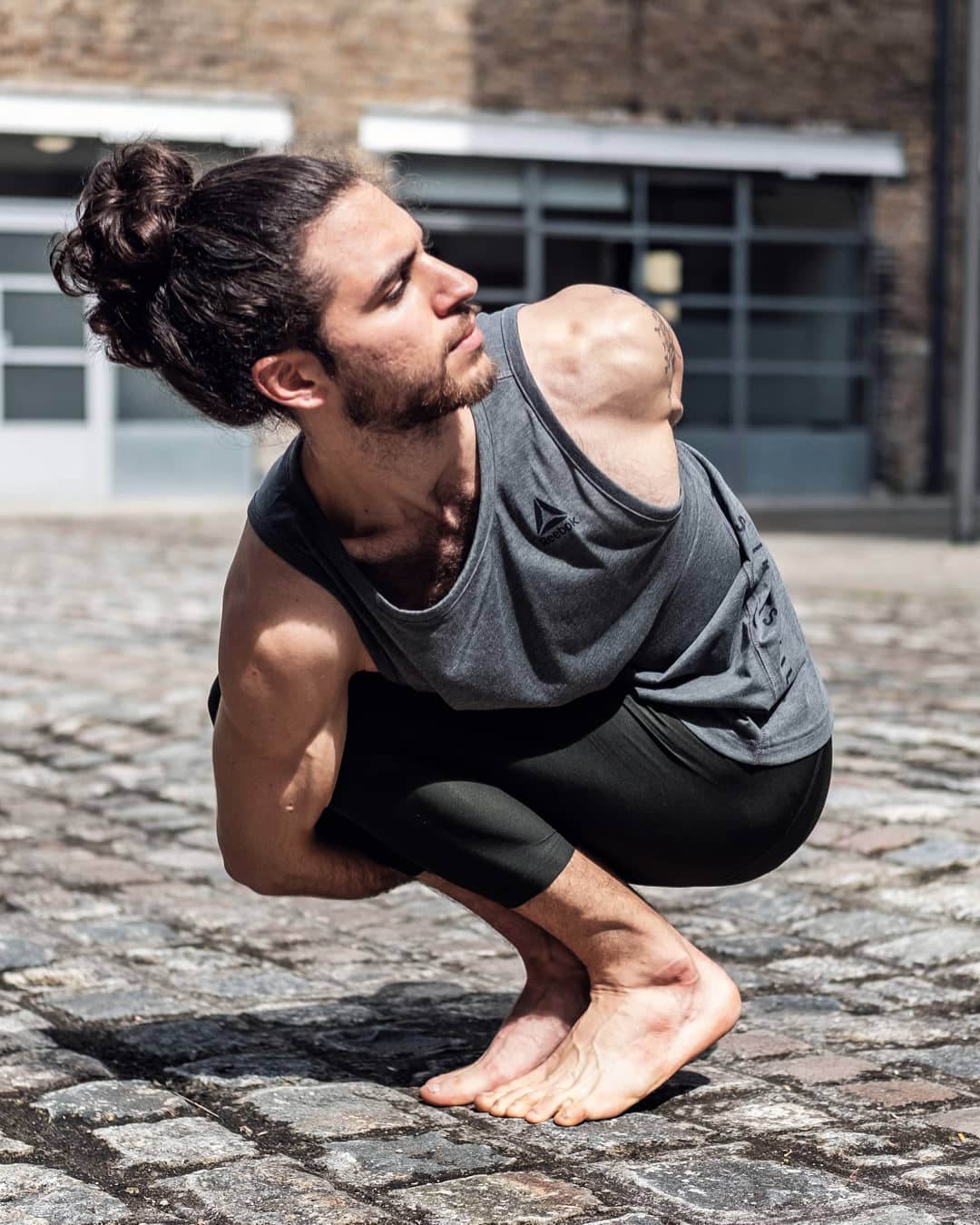
Table of Contents
What Does It Mean By Pasasana (Noose Pose)?
Pasasana is composed of two Sanskrit language words…
Where the first word is “Pasa (पाश)”, which means “Noose”
And the second word is “Asana (आसन)”, which means “Yoga Pose”
Altogether Pasasana is called “Noose Pose” in English. This asana has a lot of benefits to our health, especially in the abdominal area and ankles. In the Ashtanga yoga, Noose Pose is the 1st seated yoga pose in the 2nd series. This asana is an advanced balancing and deep twisting yoga pose which is way more appropriate for advanced and intermediate practitioners.
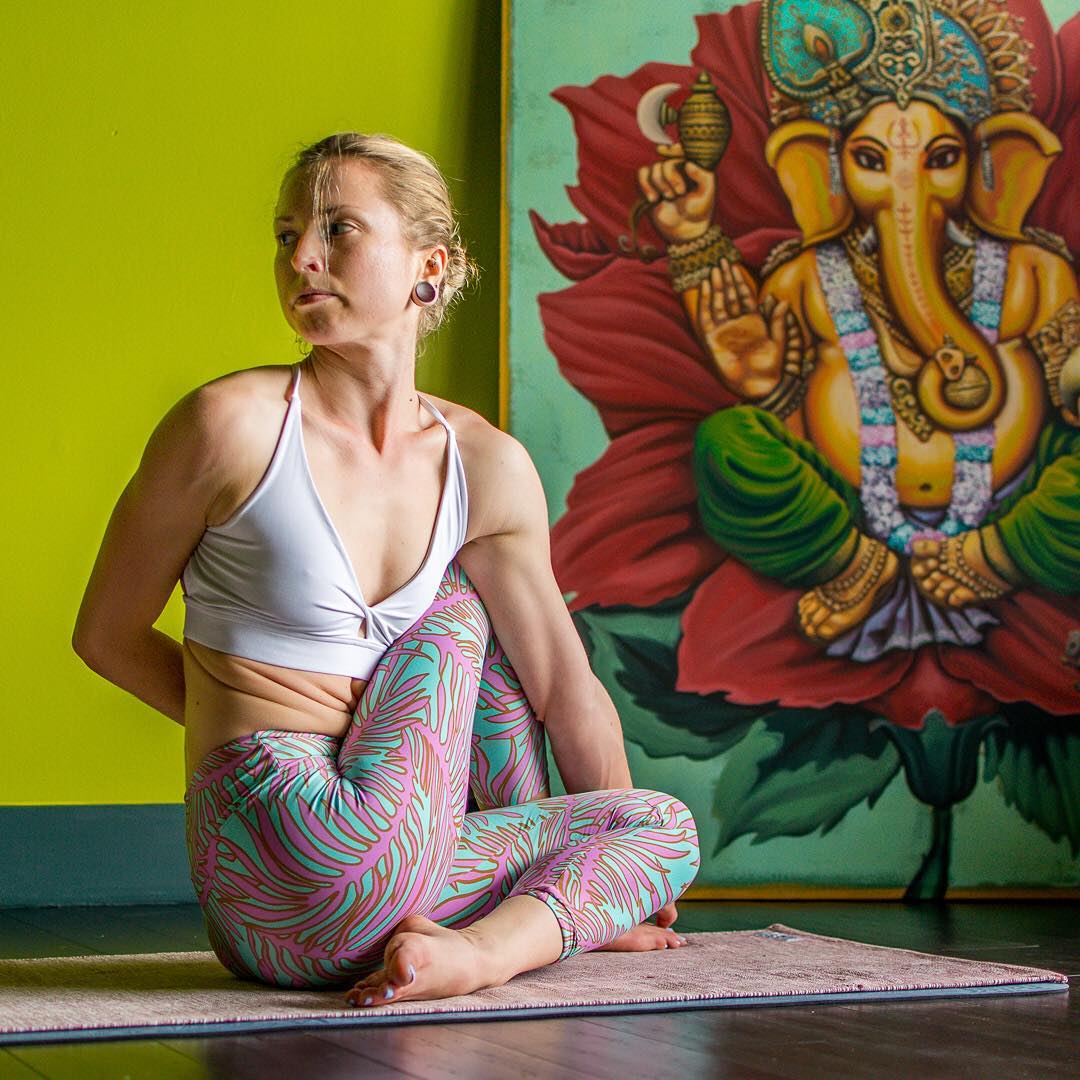
Preparatory Pose of Pasasana (Noose Pose):
- Ardha Matsyendrasana (अर्ध मत्स्येन्द्रासन) Or Alf Lord of the Fishes Pose or Half Spinal Twist Pose
- Parivrtta Parsvakonasana (परिवृत्त पार्श्वकोणासन) or Revolved Side Angle Pose
- Virasana (वीरासन) or Hero Pose
- Supta Baddha Konasana (सुप्त पादंगुष्ठासन) Or Reclining Hand-To-Big-Toe Pose
- Supta Padangusthasana (सुप्त पादंगुष्ठासन) Or Reclining Hand-To-Big-Toe Pose
- Marichyasana I (मरिचियासन I) or Pose dedicated to the sage Marichi I
- Marichyasana III (मरिचियासन III) or Pose dedicated to the sage Marichi III
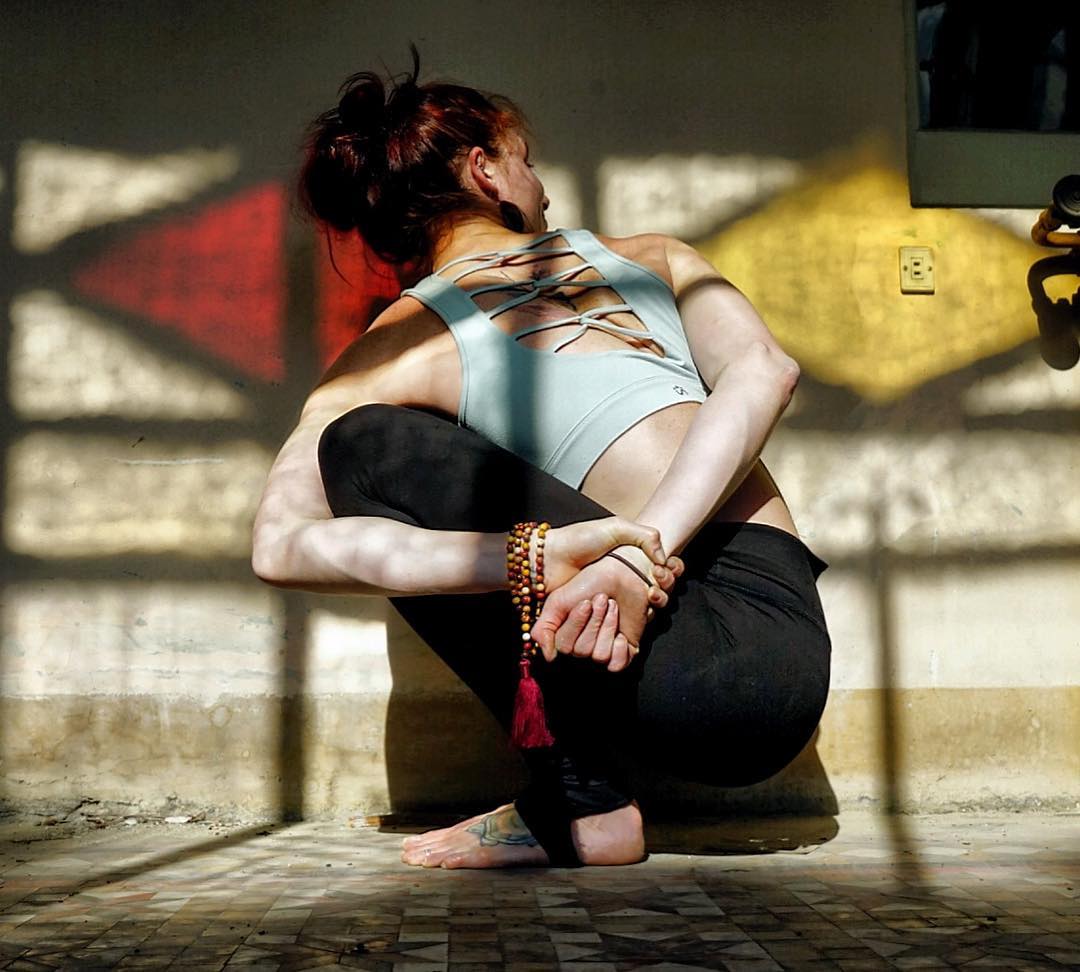
Method of Doing the Pasasana (Noose Pose):
- At first, stand in Tadasana or Mountain Pose placing your feet together
- You can also bring your body weight from the side to side and activate your feet to find the central point
- Now, bending your knees, come to the squat position and thus bring your buttocks near your heels
- Then take the knees a little towards your right
- Exhaling, twist the torso towards your left
- Keep the upper body touching your left thigh
- Now bring the right arm up, and then place the right arm on the outer side of your left shin
- Then, turning the right palm in the direction of the ground
- And then wrap your arm around your shins
- Now take the left arm to bring it around the back and hold your right hand with your left-hand palm
- Twist the upper body further to your left side by using your right arm
- Turn the head towards your left side
- Bring the shoulder blades to your spine
- Now, stay in this posture for about 3 to 4 breaths at the beginning, and then slowly discharge your twist
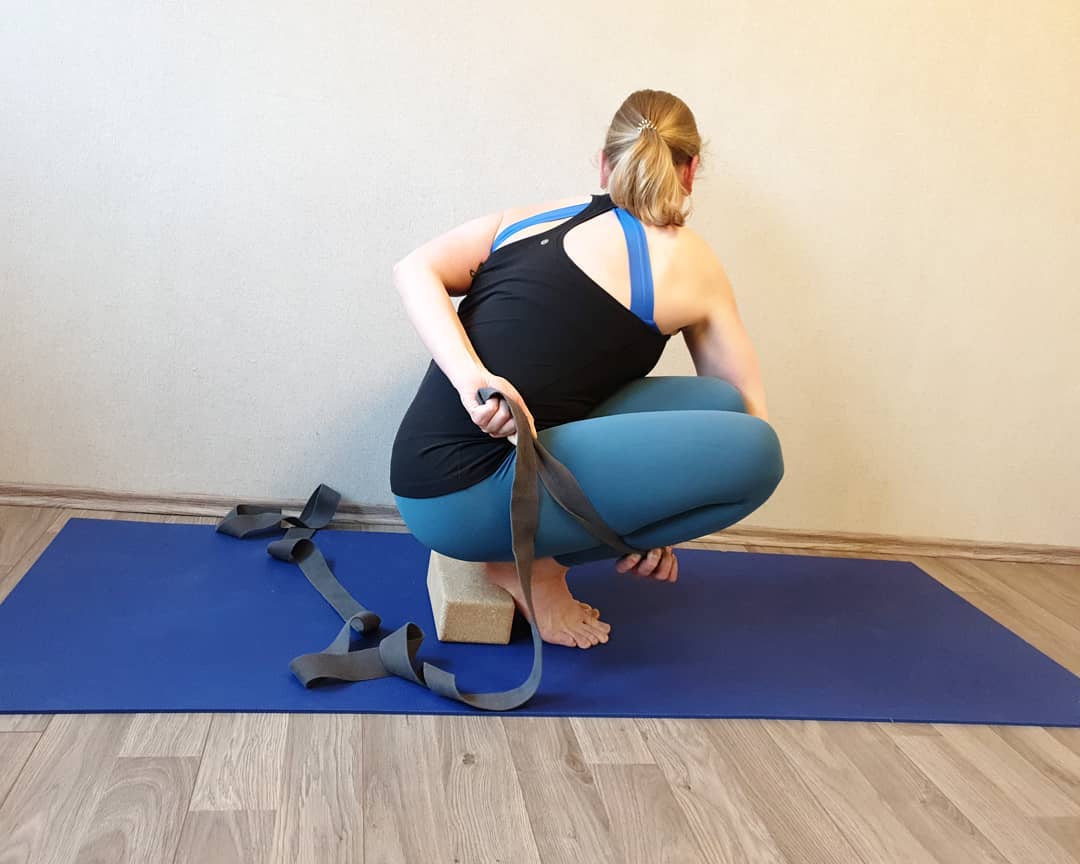
Beginner’s Tips:
If you face any difficulty touching your arms behind your back then you can use a belt for support
You can also do this posture by taking both the arms behind the back side, instead of 1 hand wrapped around the shins.
Follow Up Poses Of Pasasana (Noose Pose):
- Marichyasana III (मरिचियासन III) or Pose dedicated to the sage Marichi III
- Ardha Matsyendrasana (अर्ध मत्स्येन्द्रासन) Or Alf Lord of the Fishes Pose or Half Spinal Twist Pose
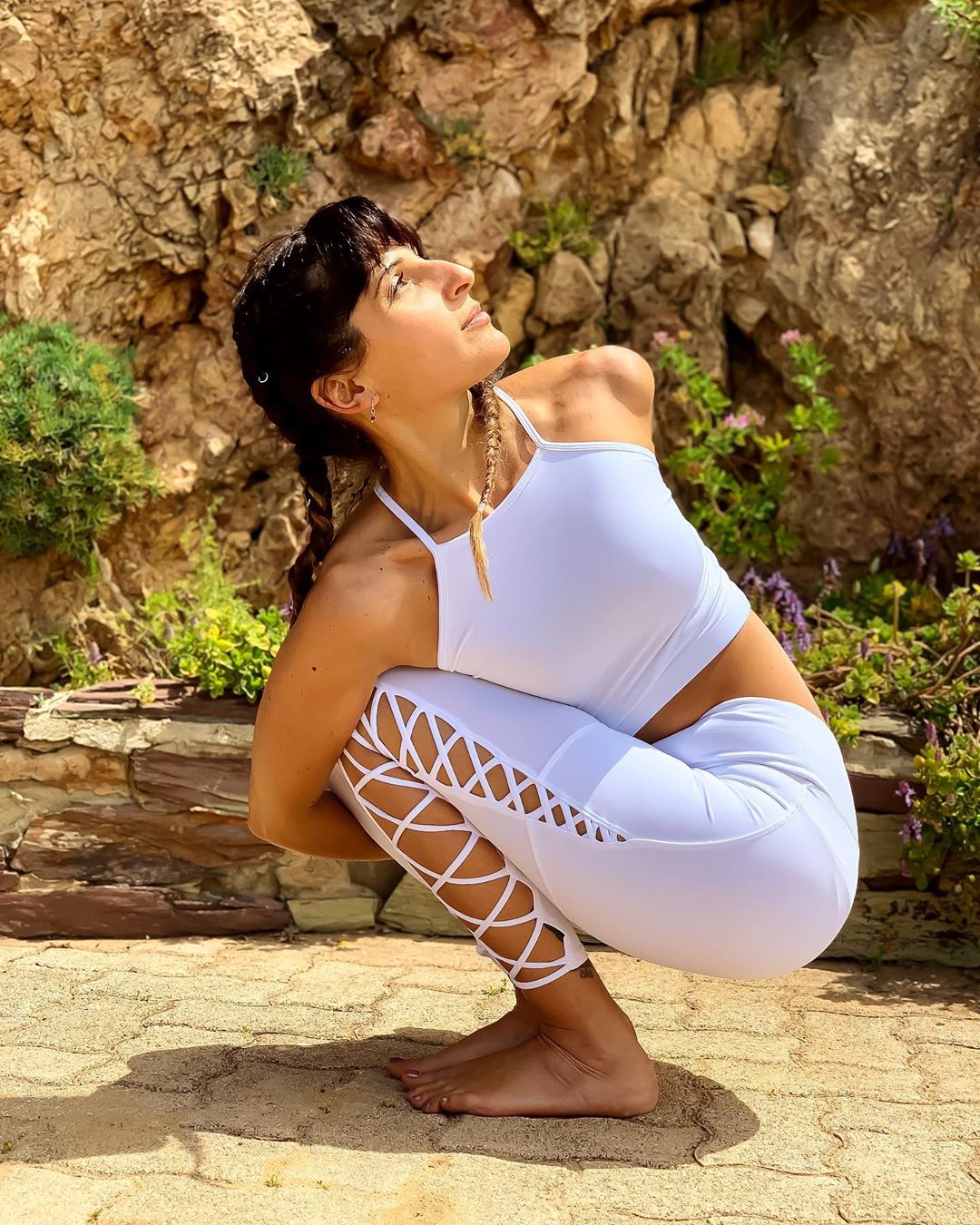
Precautions to Pasasana (Noose Pose):
Avoid this posture in case you’ve lower back injuries or knee injuries
Do not push your body beyond your capacity
Avoid practicing with deep squats if you have any injury in your leg
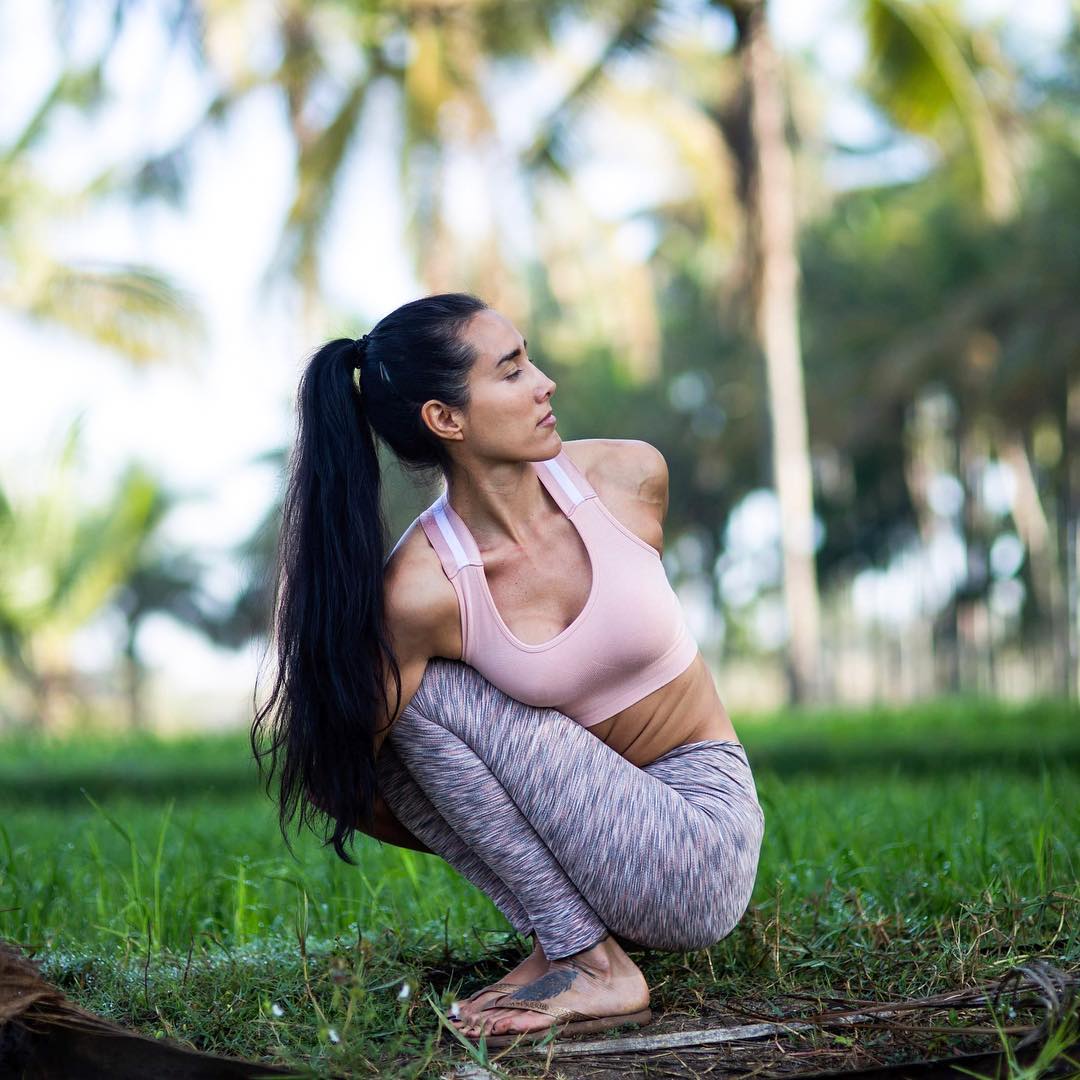
Benefits of Pasasana (Noose Pose):
- This asana helps in improving the digestion problems with regular practice
- If you have sciatica then practice Pasasana regularly to get rid of that problem
- This asana is a great practice to cure menstrual discomfort
- The practice of Pasasana creates stress in the back, shoulder, and neck
- It tones your ankles and thus it makes your ankles strong
- Your abdominal organs receive a decent massage, and thus, ingestion problems get cured

